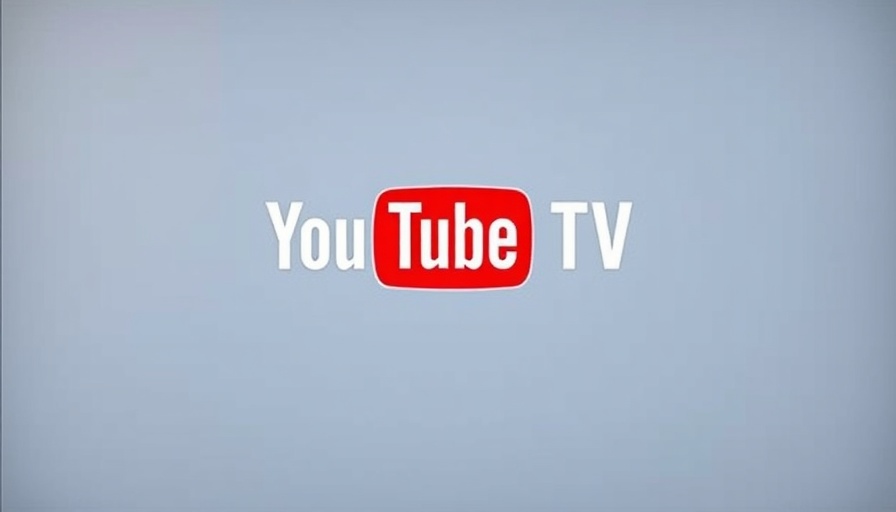
Understanding the Risks of AI Detection Tools in Academia
As artificial intelligence (AI) becomes increasingly integrated into educational settings, tools like Turnitin’s AI Detector aim to uphold academic integrity by detecting potentially plagiarized content. However, as noted in the recent video titled Turnitin AI Detector: Innocent Students at Risk, there are significant concerns regarding the implications of such technology on student assessments.
In Turnitin AI Detector: Innocent Students at Risk, the discussion dives into the implications of AI detection tools in education, exploring key insights that sparked deeper analysis on our end.
The Dual-Edged Sword of AI Detectors
AI detection tools serve a crucial role in identifying work that may not be entirely original. By utilizing complex algorithms to assess writing patterns and similarities with existing texts, these tools attempt to uphold the standards of academic honesty. However, they also introduce the risk of penalizing students who may engage with AI writing assistance tools to enhance their learning experiences. This raises questions about fairness and the potential for false positives, where innocent students could be unfairly accused of misconduct.
Social Implications: A Fair Evaluation in Education
The essence of education lies in fair evaluation. The adoption of AI-based systems to assess student work creates an environment of suspicion rather than trust. Students may feel anxious about their submissions, doubting whether their genuine efforts will be recognized. This fear can stifle creativity, pushing students to avoid innovative ideas and limiting their engagement with advanced technologies that could otherwise enrich their academic journey.
Exemplifying the Debate: A Deeper Look
The video presents an important dialogue about the consequences of these AI detection systems. While the intention is to maintain integrity, one cannot ignore the potential for misuse or errors within the technology. As educational institutions continuously innovate, the challenge remains to strike a balance between leveraging AI for meaningful enhancement while protecting the rights and efforts of students.
Future Trends: What Lies Ahead?
As advancements in machine learning and natural language processing unfold, one can expect AI detection tools to become even more sophisticated. However, it’s essential that educators and technologists collaborate to improve these systems without diminishing the educational experience. Future iterations of AI detectors may need to incorporate more contextual understanding, allowing them to differentiate between unoriginal work and legitimate use of AI in creative processes.
Final Thoughts: Taking Action for Fair Policies
Given these concerns, it is imperative for students, educators, and policymakers to engage in ongoing conversations about the ethical implications and limitations of AI detection. Advocacy for clear policies and transparency in how these tools operate will be essential in ensuring that they benefit academia without hurting the innocent. As discussions surrounding AI continue to evolve, we must prioritize creating a supportive environment where technology serves as an ally rather than an adversary.
 Add Row
Add Row  Add
Add 




Write A Comment